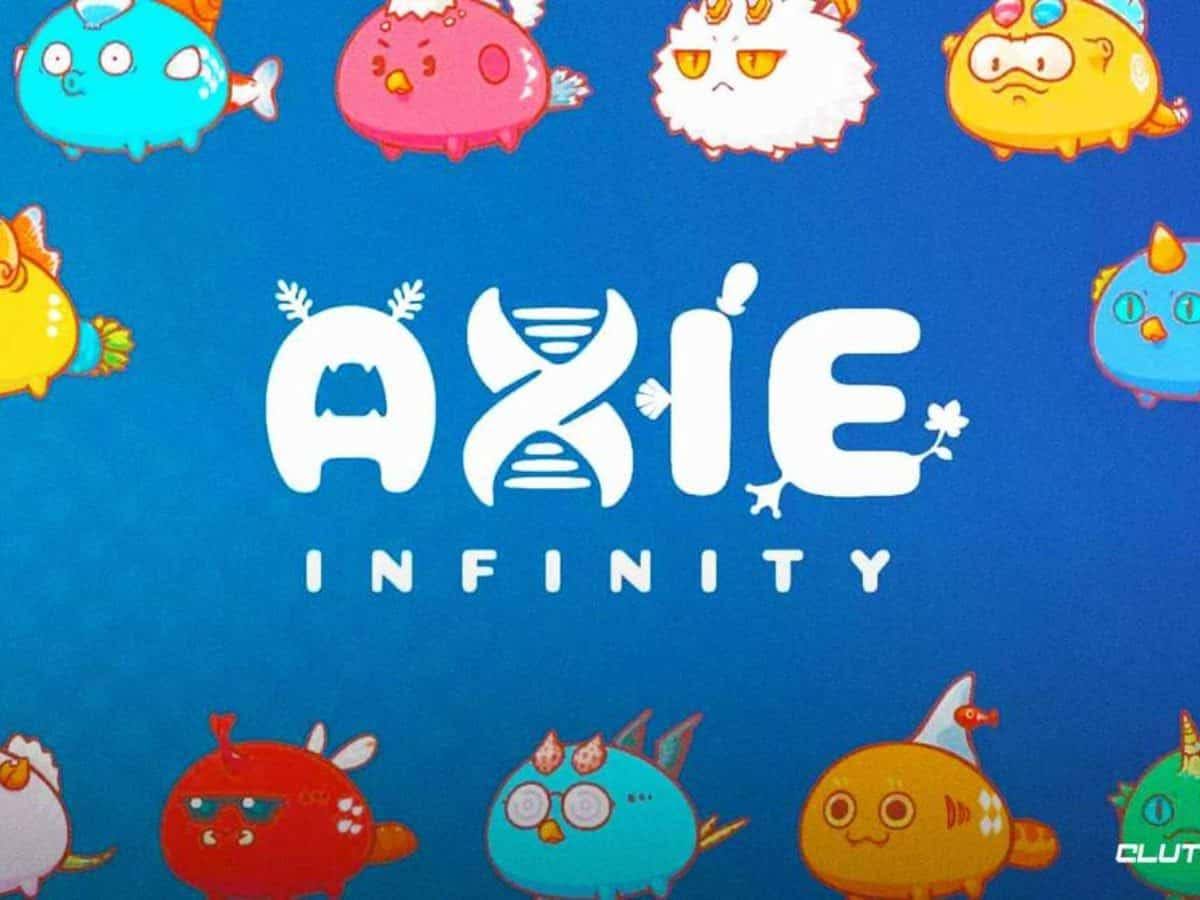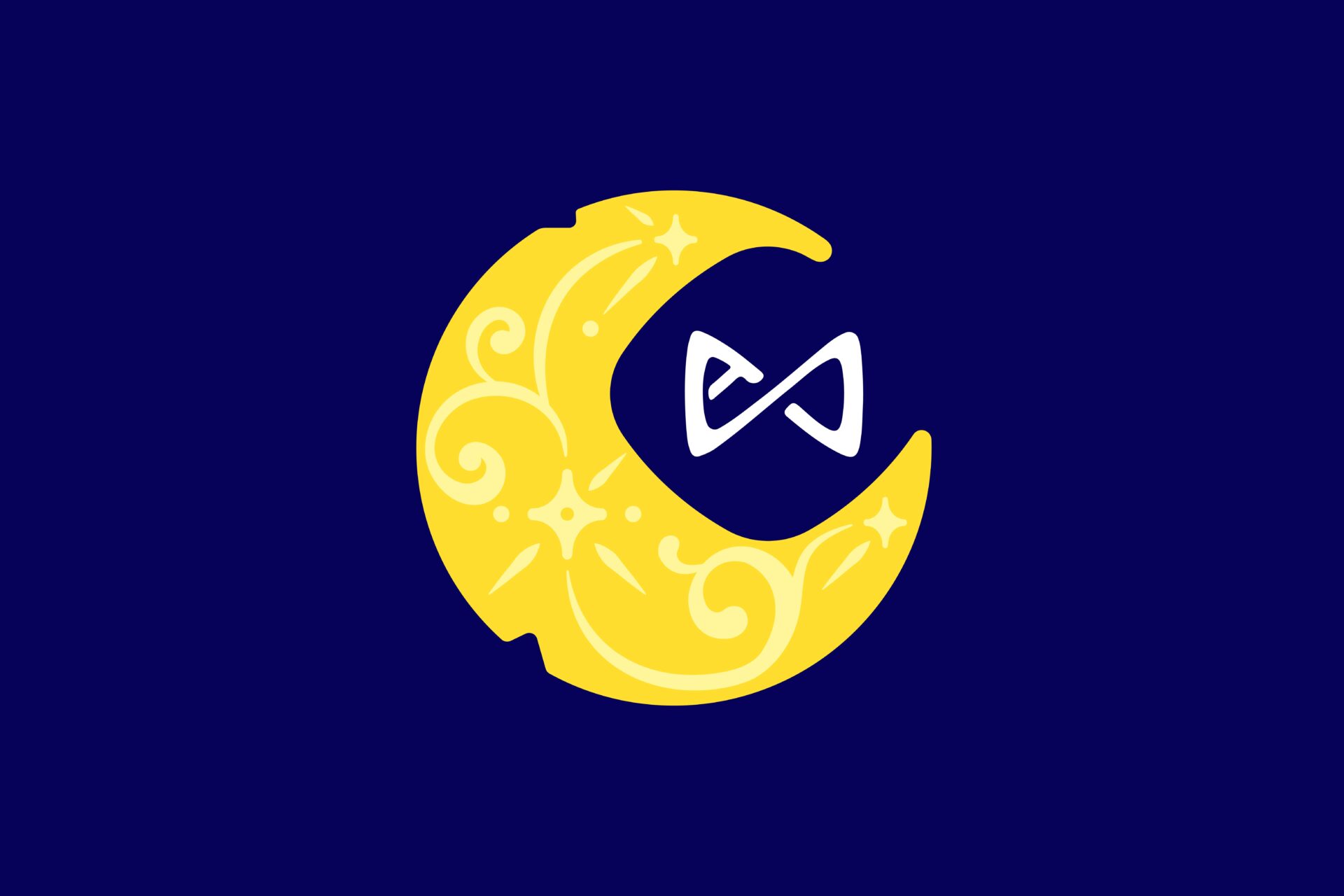$40M Axie Infinity Treasury Now Under Community Control
Key Takeaways:
- Axie Infinity launches a vote on AIP-002, a proposal to adopt its first-ever community-driven Constitution.
- Over $40 million in AXS Treasury could be governed by the community if the proposal passes.
- Voting is open on App.axie until September 8, 2025, using staked AXS and Axie Score as voting power.
Axie Infinity is going into a new governance era because it is inviting its community of token holders and players to vote for AIP-002 – a landmark proposal that will decentralize control of its massive community fund. This could reshape how choices are made in one of the strongest blockchain gaming ecosystems.

What Is AIP-002 and Why It Matters
Apart from a governance update, AIP-002 (Axie Improvement Proposal 002) sets the framework for decentralization within the Axie Infinity universe.
Center of the proposal is the Axie Constitution, a primary document that delineates the governance structures, community creator responsibilities, and $40M+ AXS Treasury custodial protocols that would be bundled within the document.
Of the AXS improvements in the Constitution, this is perhaps the most significant step in Axie’s evolution towards having the community, rather than a single team, define the guidelines for interaction and treasury usage.
Read More: Trump Enters Web3: Monopoly-Themed Crypto Game in the Works
Key Elements of the Axie Constitution:
- Defines community roles: Contributors, voters, delegates
- Outlines treasury governance: Who can propose funding, how funds are allocated
- Sets voting processes: Including quorum, proposal flow, and community input mechanisms

How to Vote: A Simple 3-Step Process
Voting is now live on App.axie, and it’s open to all users with staked AXS and an eligible Axie Score.
Step-by-Step Voting Guide:
- Go to the Governance Portal at App.axie
- Connect your Ronin Wallet to access your Voting Power
- Vote YES or NO on AIP-002 and confirm the transaction
Reminder: Your Voting Power was snapshotted on August 28 at 00:00 UTC, based on your staked AXS and Axie Score. It will not change during the voting period.
Voting closes on September 8, 2025.

The $40M Treasury: A Game-Changer or a Risk?
The Axie Community Treasury, now worth over $40 million in AXS, is at the core of this governance shift. Previously controlled by the core team, this treasury could soon be in the hands of token holders if AIP-002 passes.
Implications:
- Increased transparency and participation
- More democratic decision-making, but possibly slower execution
- Potential to fund new game features, marketing pushes, and ecosystem expansions
Although decentralized governance fosters trust, it also presents risks such as poor decision-making by disorganized actors, governance attacks, and voter apathy.
Axie Infinity’s Governance Evolution: From Centralized to Community-Driven
The vote on the Constitution is not taking place in a vacuum. It comes after the Axie Infinity Foundation was established in July 2025 with the goal of managing the expanding treasury and giving community governance structure.
Read More: GameSquare Greenlights $100M Ethereum Strategy, Eyes Up to 14% Yield via DeFi Alliance
Key Recent Developments:
- Launch of the Axie Score system: A new reputation layer that rewards long-term players and stakers with more voting power
- Creation of Contributor roles: Selected community members can now actively participate in proposal crafting and governance initiatives
- Enhanced governance tooling: Seamless on-chain voting alongside the Ronin Wallet Integration
The updates are coincidental with a Web 3.0 trend that moves governance from developers to token holders, aiming to encourage greater participation and long-term engagement.
Can Governance Fuel a Revival in the Play-to-Earn Sector?
Axie Infinity used to be the undisputed leader in the world of play to earn (P2E) gaming. Due to strong competition from Parallel, Illuvium, and Pixelmon, Axie is needed to reengineer itself.
The changes to governance, along with improvements to gameplay and new uses for AXS, could be what it needs to stay competitive.
Competitive Advantages with AIP-002:
- Stronger community alignment and ownership
- Ability to fund community-driven innovations
- Infrastructure for long-term decentralized development
Some people who watch the market, though, are still not sure. Governance alone might not be enough to spark growth again if there isn’t a clear plan for keeping players and controlling token emissions.
The post $40M Axie Infinity Treasury Now Under Community Control appeared first on CryptoNinjas.
You May Also Like

South Korea’s $657 Million Exit from Tesla Signals a Big Crypto Pivot

Ripple Clash: Scott Melker Questions XRP’s True Purpose
